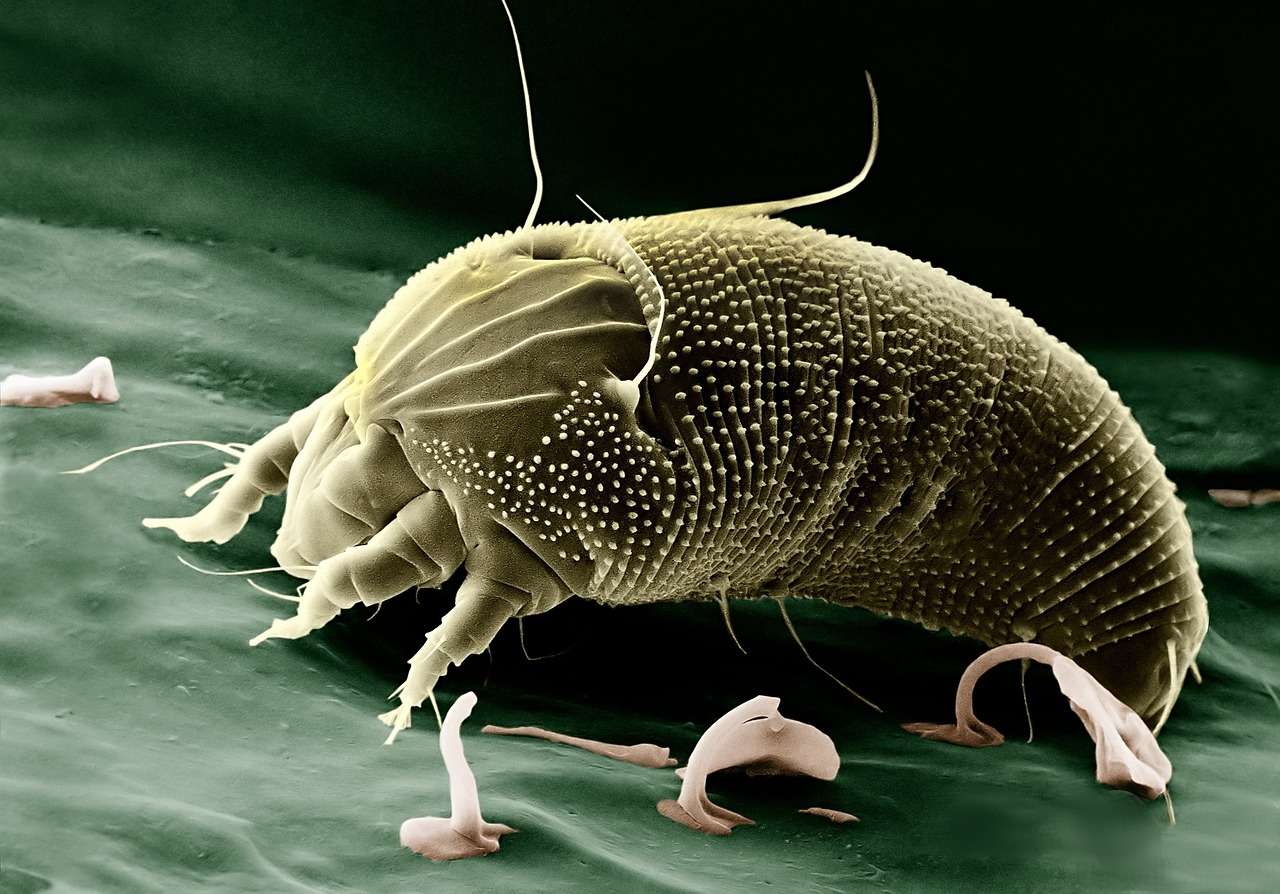The Link Between Crawl Spaces and Allergies: How to Create an Allergy-Free Home

Your home is a sanctuary, a place where you seek refuge from the outside world. However, what if the very air you breathe inside your home is contributing to allergies and respiratory issues? Many homeowners are unaware of the link between crawl spaces and indoor allergies. In this guide, Your Crawl Space Guys will delve into the connection between your crawl space and allergies, exploring the common culprits, and providing practical tips and solutions to create an allergy-free home environment.
Understanding the Crawl Space Allergy Connection
Crawl spaces are one of the most overlooked spaces in your home, meaning they’re also overlooked when it comes to indoor air quality. But the truth is, crawl spaces can play a significant role in the presence of allergens in your home. Listed below are some key factors that link crawl spaces to indoor allergies:
Moisture and Mold Growth:
Your crawl space is extremely prone to moisture intrusion, especially in humid climates. When excess moisture enters your crawl space, the perfect, ideal breeding ground for mold growth is created. The mold spores can then become airborne and travel into the living quarters of your home, leading to respiratory issues and allergies.
Pest Infestations:
Dark and damp crawl spaces can attract pests such as rodents and insects. Droppings, saliva, and decomposing bodies of pests release allergenic particles into the air. These can exacerbate allergy symptoms.
Dust Mites:
Dust mites love humid environments. When your crawl space lacks proper ventilation and insulation, it becomes the perfect breeding ground for dust mites. These microscopic creatures can produce allergens, which can trigger rashes and sometimes respiratory symptoms.
Poor Ventilation:
A poorly ventilated crawl space can lead to the stagnation of air. Stale air may contain allergens which include dust and mold particles. These allergens can circulate throughout your home and cause respiratory problems.
Tips to Create an Allergy-Free Home
Regular Crawl Space Inspections:
Scheduling regular crawl space inspections is the most efficient way to identify and address any potential issues promptly, and prevent problems that may cause allergies. It will also save you money by catching problems early enough they don’t require expensive repairs. Your Crawl Space Guys can provide professional assessments, ensuring your crawl space is free from moisture, mold, pests, and anything else that doesn’t belong.
Moisture Control through Encapsulation:
At Your Crawl Space Guys, we do encapsulations. You may consider a crawl space encapsulation to create a moisture barrier, which involves sealing the crawl space with a vapor barrier. This prevents moisture intrusion, as well as inhibits mold growth and dust mite infestations.
Effective Ventilation:
Ensure your crawl space is properly ventilated to promote airflow and prevent the stagnation of air. Your Crawl Space Guys can install vents and fans to help maintain optimal air circulation in your crawl space.
Pest Control Measures:
Implement measures for pest control to keep your crawl space free from rodents and insects. Ensure all entry points are sealed, use traps if necessary, and consult with a professional like Your Crawl Space Guys to address existing infestations and damage.
Insulation Upgrades:
Upgrading insulation in the crawl space can contribute to temperature regulation and reduce humidity. Well-insulated crawl spaces are less likely to harbor allergens and provide a more comfortable living environment.
Regular Cleaning and Maintenance:
Keep your crawl space clean by removing debris, dust, and any potential allergen sources. Regular cleaning and maintenance help prevent the accumulation of allergenic particles. You can contact Your Crawl Space Guys for a clean out, ensuring your crawl space is free of all debris, and anything that shouldn’t be there.
Air Purification Systems:
Consider installing air purification systems within your home to help filter out allergens. HEPA filters can capture airborne particles, improving indoor air quality and reducing allergy triggers.
Humidity Monitoring:
Monitor your humidity levels in your home and your crawl space with humidity monitors. These monitors track the moisture levels. The recommended humidity levels in your crawl space should range from 30-50%. This helps prevent mold and dust mite infestations.
Sealing Gaps and Cracks:
To prevent outdoor allergen infiltration, ensure all gaps and cracks in your crawl space are sealed. Sealing all gaps and cracks will not only help with allergens, but also maintain a controlled environment, reducing the likelihood of allergen exposure.
Professional Allergen Testing:
Consider getting a professional allergen test to identify specific allergens that may be present in your home. This test can provide you with information that will help guide targeted efforts to reduce and eliminate allergenic sources.
Conclusion
Creating an allergy-free home begins with understanding the link between crawl spaces and indoor allergies. By addressing moisture issues, ensuring proper ventilation, and implementing pest control measures, it is possible to reduce allergen levels in your home significantly. At Your Crawl Space Guys, we specialize in creating healthy crawl spaces, giving you peace of mind. We provide expert solutions that can enhance the indoor air quality of your home, providing our clients with a healthy and allergen-free living environment. Book an appointment with us today! We’re here for all your crawl space needs, and WE DIG WHAT WE DO!


Recent Comments